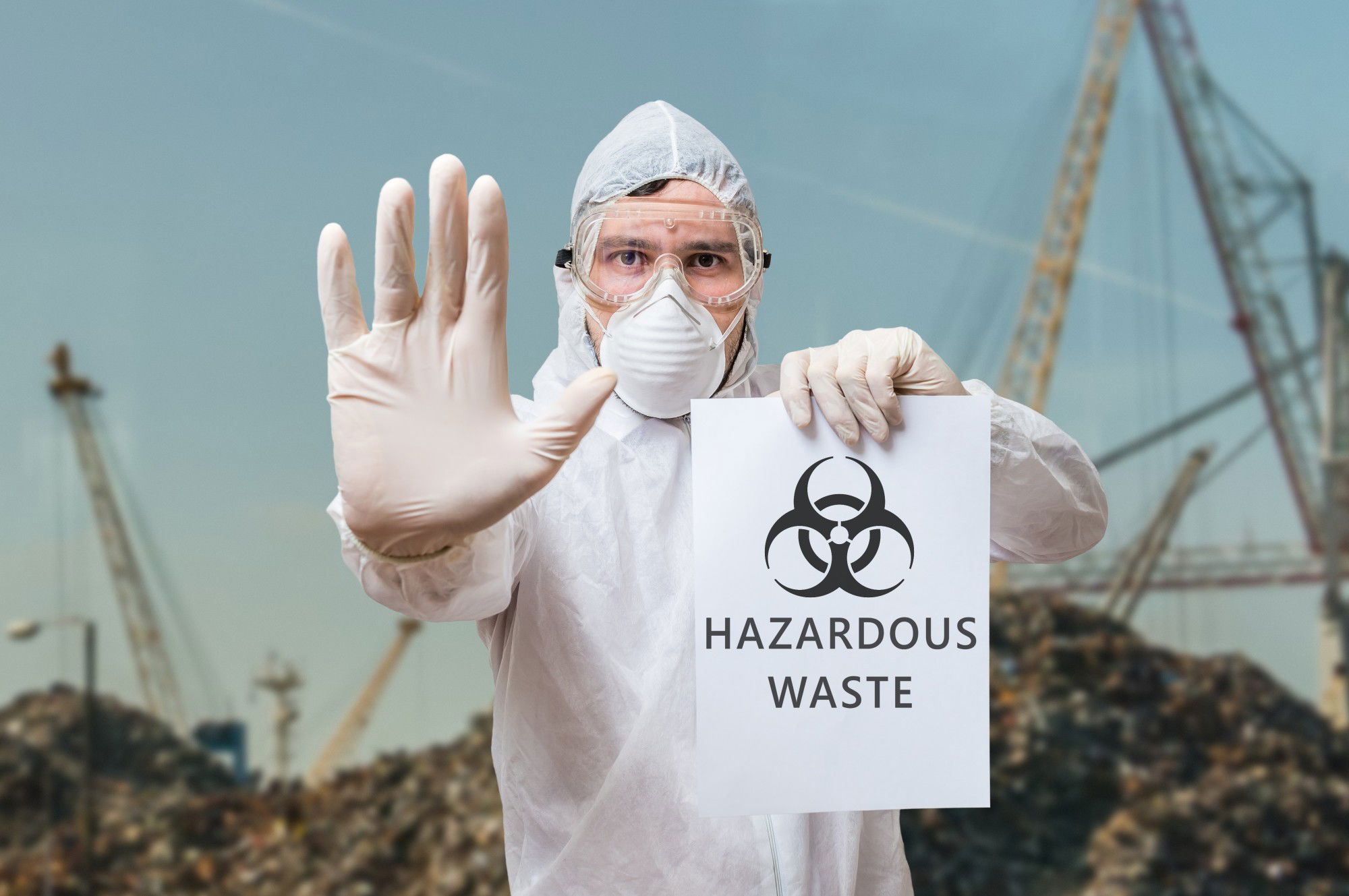Hazardous Waste Management

There are three basic types of hazardous waste. Reactive wastes are highly reactive and can create toxic vapours and explosions. Ignitable wastes are easily burned but must be handled carefully. Corrosive wastes contain strong acids or alkalis that can damage solid material or living tissue. Infectious wastes can be anything from used bandages and hypodermic needles to materials from biological research facilities. The wastes generated in various industrial processes must be handled properly to prevent any health hazards to the environment. To dispose your retail waste, get a licensed firm to do so with ease.
When businesses identify themselves as generators of hazardous waste, they must follow state and federal hazardous waste laws to protect the environment and public health. There are many steps in hazardous waste management. First, the generators must research whether the waste they generate is hazardous. Once a waste is determined to be hazardous, the generator must take steps to manage the waste in an efficient manner.
The corrective action activities focus on hazardous waste management units, which are any facilities that have the responsibility for managing hazardous waste. In addition, TSDFs must provide adequate financial assurance to ensure that funds will be available for post-closure and cleanup activities. Third parties need to be protected from any liabilities arising from the hazard that is a result of improper management. When a company fails to comply with this law, they may be fined and shut down their operations.
The final link in the chain of custody is the treatment, storage, and disposal facilities. For example, the generator must send hazardous waste to a certified facility for treatment or disposal. This facility must follow all relevant regulations and must include a hazardous waste manifest in their shipping documents. To protect the environment, all hazardous waste must be properly labeled. If a waste contains mercury, the label must read "hazardous waste" to prevent any misidentification.
After waste has been generated, the EPA defines hazardous waste as "solid or a liquid." As such, regulated wastes should be stored in secondary containment to prevent leaks. Moreover, containers must be labeled to ensure their compatibility with each other. To keep hazardous wastes separate, the EPA also defines waste as anything that is no longer fit for its original purpose. EHS staff should make these determinations and ensure compliance with the law.
Landfills used for disposal are not suitable for disposal of hazardous wastes because unfavorable levels of toxic chemicals seep into the soil. Landfills must also have a barrier to prevent groundwater contamination. In addition, hazardous wastes may require special treatment or disposal. Recycling is another option that is safe and environmentally friendly, but it must be done properly. In the past, hazardous wastes were dumped into regular landfills, which eventually contaminated the groundwater. Now, most landfills require countermeasures to prevent groundwater contamination, and a barrier must be installed along the foundation of the site. A product genome database gives the needed info and help in waste disposal of the same.
During an Atlantic hurricane season, the state of Florida will provide resources to help regulated facilities in the affected areas. The agency will work with a contracted hazardous waste transportation company to schedule pick-ups. To submit hazardous wastes, complete the Waste Submittal form and notify the EHS Office. Ensure that the containers are not sitting anywhere where accidental release of chemical waste can pose a health risk. These containers should be kept out of reach of children and other animals.
To get an insight into waste management, read more here: https://en.wikipedia.org/wiki/History_of_waste_management.
